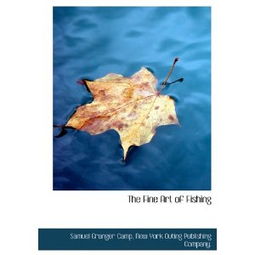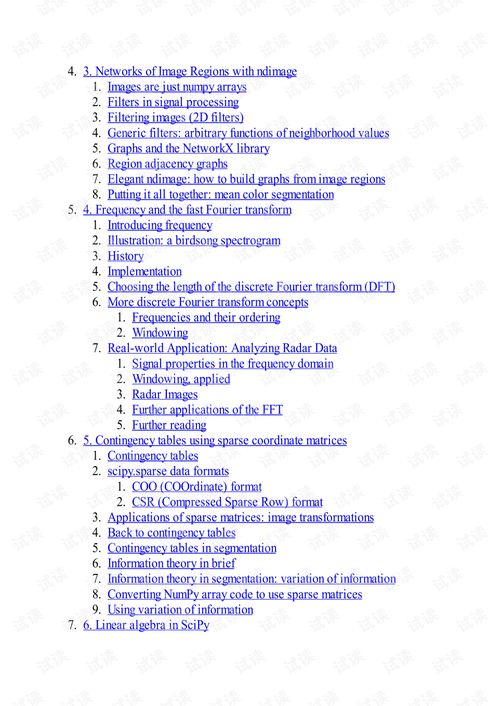Content:
Fishing with rods is a timeless activity that requires patience, skill, and a bit of know-how. Among the many techniques available, tuning and baiting with a sea rod can be particularly rewarding. Here’s a comprehensive guide to help you master the art of fishing with sea rods, focusing on tuning and baiting techniques.
Understanding the Sea Rod
Before diving into the specifics of tuning and baiting, it’s essential to understand the components of a sea rod. A typical sea rod consists of the following parts:
- Handle: The part you hold onto.
- Guides: Small rings that help guide the line through the rod.
- Reel Seat: Where the reel is attached to the rod.
- Butt: The thickest part of the rod, which provides stability.
- Tip: The sensitive part of the rod that detects the slightest movement.
Tuning Your Sea Rod
Tuning your sea rod is crucial for achieving the best results. Here’s how to do it:
Inspect the Rod: Begin by examining the rod for any cracks, dents, or other damages. If you find any, it might be time to replace it.
Adjust the Guides: Ensure that the guides are clean and properly aligned. Misaligned guides can cause line twist and reduce casting distance.
Check the Line: Use a line tester to ensure your line is within the recommended tension range. An overly tight line can lead to breakage, while a loose line can result in poor casting and accuracy.
Fine-Tune the Reel Seat: Make sure the reel seat is securely attached to the rod. If it feels loose, tighten the screw that holds it in place.
Balance the Rod: Hold the rod by the handle and let it hang. It should be balanced with the weight evenly distributed. If it’s front-heavy, adjust the reel position. If it’s back-heavy, move the reel forward.

Baiting Techniques
Once your rod is tuned, it’s time to focus on baiting techniques. Here are some tips to help you catch more fish:
Choose the Right Bait: Depending on the type of fish you’re targeting, select the appropriate bait. Live bait, artificial lures, and natural baits like worms or shrimp can all be effective.
Attach the Bait Properly: Whether you’re using live bait or artificial lures, ensure that the bait is securely attached to the hook. This will prevent it from falling off during the cast or when a fish strikes.
Use the Right Weight: The weight of your bait should be appropriate for the conditions and the fish you’re targeting. Too heavy, and it might sink too fast, while too light and it might not attract fish.
Cast with Precision: Practice your casting technique to ensure that your bait lands in the desired location. Pay attention to wind direction and distance when casting.
Maintain a Natural Presentation: Once your bait is in the water, allow it to move naturally. Fish are more likely to strike if they believe the bait is real.
Read the Water: Observe the water for any signs of fish activity. This might include surface disturbances, bubbles, or fish jumping. Adjust your baiting technique accordingly.
Patience is Key: Remember that fishing is a waiting game. Be patient and wait for the fish to come to you. Avoid reeling in too quickly, as this can spook the fish.
Advanced Techniques
For those looking to take their sea rod fishing to the next level, consider the following advanced techniques:
Feeder Fishing: This technique involves using a heavy feed or bait to attract fish. It’s particularly effective for targeting bottom-feeding species.
Spinnerbaits: These lures create a lot of movement and are great for targeting species like bass and pike.
Jigs: Jigs are versatile lures that can be used in various conditions. They work well for targeting fish that are near the bottom.
Surface Baits: These lures are designed to mimic natural prey on the surface of the water and are effective for targeting species like perch and panfish.
In conclusion, mastering the art of fishing with sea rods involves tuning your equipment and perfecting your baiting techniques. By following the steps outlined in this guide, you’ll be well on your way to becoming a skilled angler. Happy fishing!












